Heating your home with wood is one of the oldest methods of heating. For the past 10 years, I have only been using wood to heat my homes. Five years ago, I moved into the mountains of West Virginia. In the 10 years I have been heating with wood, I have used five different wood stoves ranging from a 100-year-old stove to the most modern. With all of them being different styles of stoves, there is one important thing with all of them. That would be knowing where the air comes into your stove so that you are able to light and maintain a fire that burns evenly.
The Air Intake of Your Wood Stove
Most of the stoves I have had experience with have had an air intake directly on the door making it important for kindling to be stacked toward the front, catching the flames from the inward flow. My current stove has an air intake from below so it is best to stack the kindling directly under my logs allowing the air to push the flames upward. Depending how you stack the firewood greatly affects the burn rate. Keeping the embers close to the airflow with the logs spaced about an inch apart makes for a hot burning, shorter fire. This type of fire is great for heating the stovetop for cooking.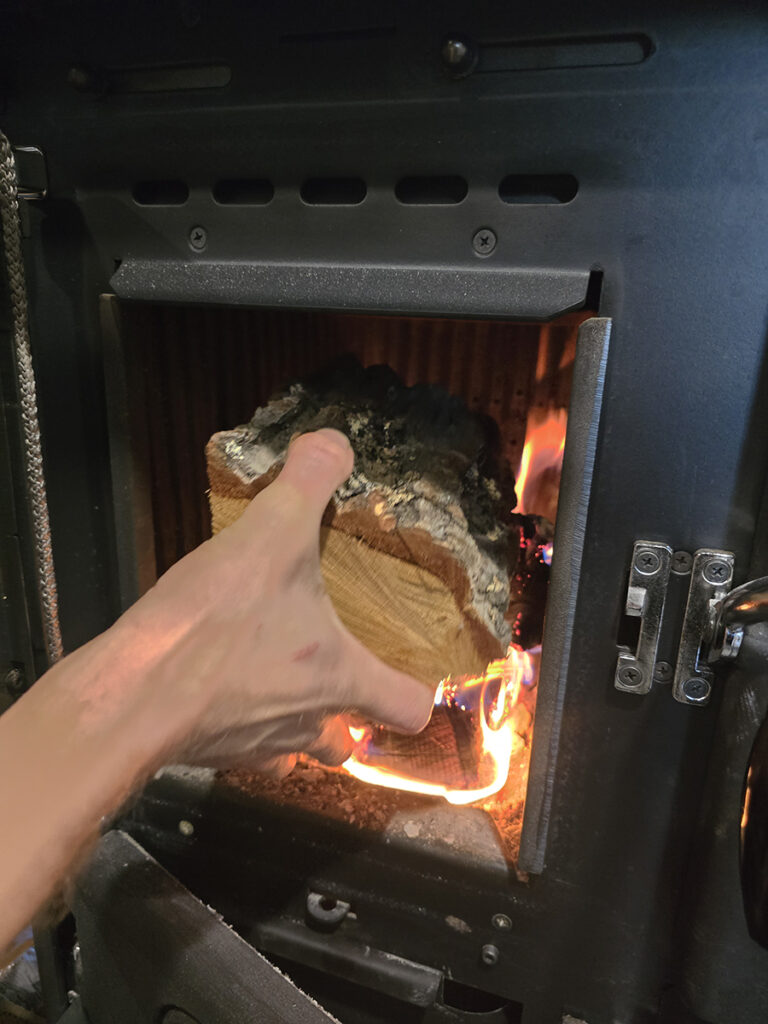
Keeping the embers pushed back from the air intake and stacking the logs closer together can lead to a cooler burning, longer lasting fire. This type of fire is great for heating the home for longer periods of time, like overnight, without having to get up in the middle of the night to feed the fire. This would also be a great type of fire to maintain a good temperature in the oven portion of the stove for baking or roasting.
How to Maximize Your Heat
The fire in the wood stove is not what directly heats your home. It’s the heat coming off the wood stove that actually heats the house. The more metal or masonry your wood stove has the longer it takes the fire to heat it. That heat is then slowly released over time as the stove cools and heats the air in the home. This area collecting and releasing heat is called thermal mass. You can add thermal mass by putting a large kettle of water on top of the stove (or any dense non-flammable objects nearby). These objects will absorb heat and slowly release it, increasing the air temperature. The stove heats the air and objects around it which causes the air in the house to increase temperature. I can light a fire in the stove for one hour but not notice a difference in air temperature until the stove is hot enough to heat the air around it. The stove will then continue to heat the home for several hours after the fire has gone out.
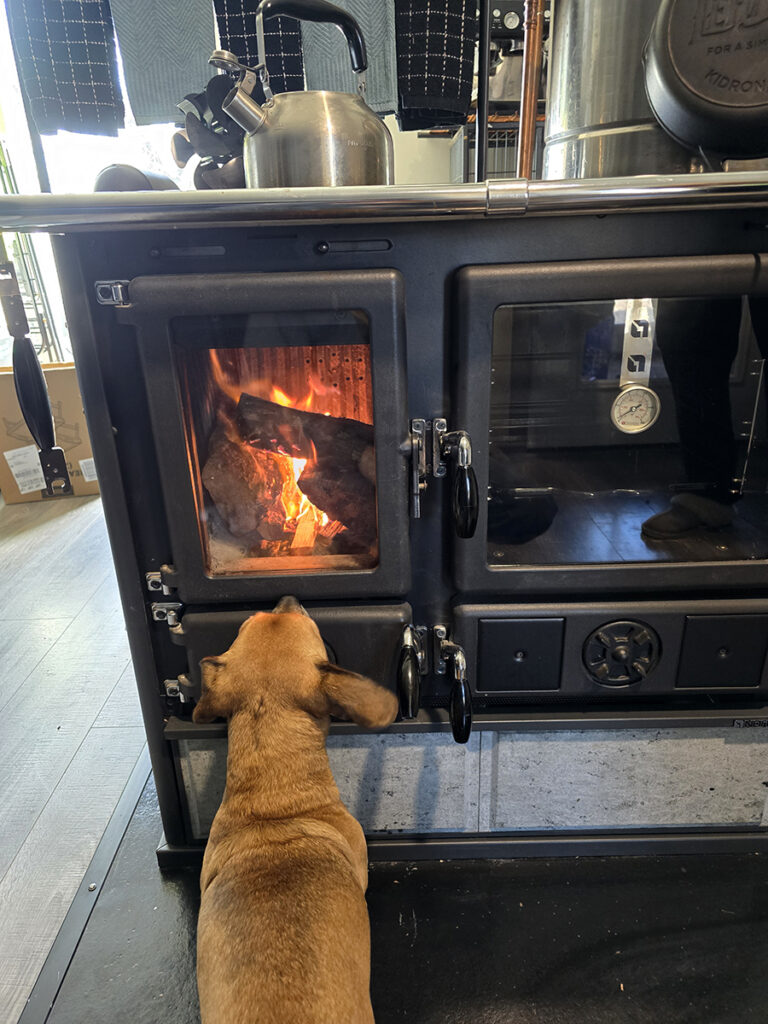
When I used a lightweight camping stove, it would immediately warm the living space, but as soon as the fire went out, there was a noticeable drop in room temperature. This meant I had to constantly maintain and feed the fire to keep the stove warming. With the La Nordica cook stove, I am able to heat my home over a longer period of time without having to continually feed wood into the fire.
I hope this helps you choose the right wood stove for your home or better use the one you currently have.




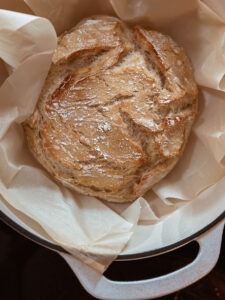
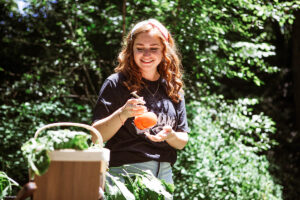




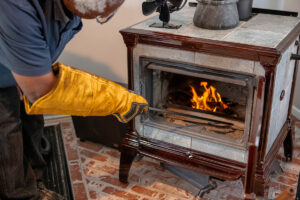

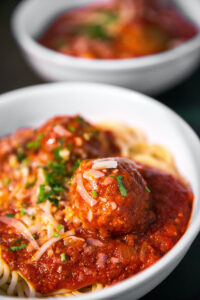





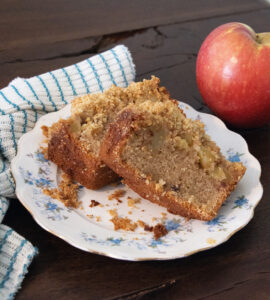

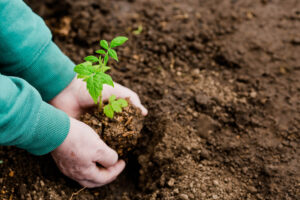






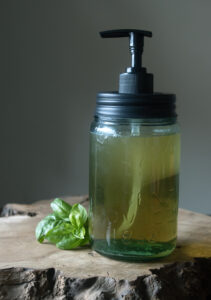

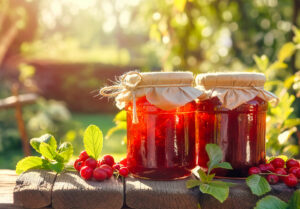

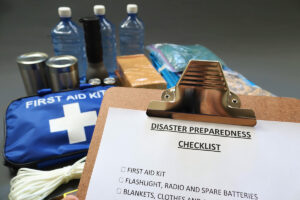

Thank you for the Sound Bit Nate. I’ve been heating with a Morso woodstove for the past 20 years. I chose the Morso with added Soapstone sides. It holds the heat longer, up to 8 or 12 hrs after the fire dies down. This is much longer than the regular cast iron sides, which cool quickly. Regarding the air vent. Yes, very important. In my experience, it’s been all about the stove, the wood and maintaining the fire. It’s a science. Hence, I suggest people do Not buy a stove unless they know what they’re doing and they have the time to burn safely. Otherwise, it’s a recipe for a House fire. So, here are my suggestions. 1. Know your stove. Don’t buy one that’s too big for the area you are going to heat. You will be too hot and will need too burn it too low. Same is true in the opposite, getting one that is too small. Get advice from your chimney sweep if you need to. They know all about what type of stoves need kindling on the bottom of which ones which need kindling on the top. That’s a very important factor. Kindling on top is also called an upside down fire. It heats the chimney fast and prevents creosote build up. Your stove should burn very hot for at least 1 hour every day.Especially if you need to re-lite it or it goes very low over night or during the day. It’s the way to preventing a chimney fire, which can turn into a house fire. I have a stove thermometer on top of my stove so I know the general temp near my chimney. Since my stove is a little different. The temperature I need it to be is also different. 2.Wood should Always be dry and well seasoned. NEVER burn evergreen or unseasoned wood!. It creates creosote and can explode because of all the sap inside. Wet wood will simply just not burn or will put your fire out. (Never, never, never burn evergreen in your stove or fireplace!) 3. Learn how to stack your wood, loose or tight, depending on whether you have a hot bed of wood coals, as I call them, to stack on.4. Learn to recognize which are your hard woods and which are soft. Soft burn quickly and sometimes have more sap. Hard woods like oak are heavier and burn longer. It’s good to have a mix so the softer wood can get the harder wood going. However, if you have a good burn going already, the hard wood is great for a long burn, like overnight. 5. Don’t leave the door open. Hot sparks can fly or the wood can roll or jump out. 6. Last but not least. Let your last burn of the season be Hot, so that you have one last ditch effort to clear the chimney of any mild build up of creosote. Lot’s I didn’t say because every stove is different. But these are just general Good Practices. Happy Burning and be Safe.